I recently bought some brisket from an American grocery store. But when I brought it home and cooked it, it looked and tasted different from the Yangjimeori(양지머리 – also labeled “brisket”) that I usually buy from the Korean supermarket. And this is not the first time– it has happened to me many times before and always wondered why. I had a feeling that maybe the two cuts were not from the same part of the brisket. And so I started my quest for the truth..
I have researched for hours on end trying to figure out how Korean beef cuts and US beef cuts correspond to each other. OK, yes, they use quite different primal cuts (primal cuts are largest units of cuts that is further divided into individual retail cuts that are sold at stores) – and that’s fine. But what confused me terribly were the English cut terms used in Korean documents (I figured out eventually – after much frustration- that the terms used in Korea are mostly Australian and Canadian terms. Probably because US beef import was banned from 2003-2008 ). What was also frustrating was even within the US, the cut diagrams and names were not always the same.
Anyway, here is the diagram that I used for the US retail cuts:
Did you know that the US cuts are usually around 22, French and English cuts are 35 and the Koreans cuts are a staggering 120? It’s partly because Koreans use just about every part of the cow – from head to tail – including almost every organ meat along with the brain. Before it was imported into Korea, beef was always very expensive and this is probably why every part of the cow was utilized in Korean cooking.
Americans love steak, therefore, many primal cuts of beef are cut into cross sectional thick pieces to produce all different tender cuts of the steak. After that, bigger chunks used whole as roasts (for BBQ) or cut into cubes for stews or kabobs. Finally, any miscellaneous, not-so-tender meats are usually gathered together to make ground beef.
Koreans love soups and grilled meats. So any tough meat–including tendons and bones–are boiled in soups (탕 tahng) or cut into very thin slices against the grain (sometimes paper thin as in chadolbaeki/chadolbaegi(차돌백이) and grilled (usually unseasoned). More tender meats are sliced a little thicker and marinated to make bulgogi. The very tender meats are cut even thicker and grilled, unseasoned. Ribs are cut thin (as in LA Kalbi) or fanned out, marinated and grilled as Korean BBQ Kalbi or braised/boiled.
The table below lists the most widely used Korean cuts grouped under US primal cuts along with their corresponding US cuts. Chances are, you probably won’t need half of the cuts I listed here but I wanted to make the table somewhat complete – yeah, it’s an obsession I have…This list will definitely come in handy if you ever visit a legitimate Korean BBQ restaurant that serves a whole slew of different cuts of meat for grilling – each with a different texture and flavor.
In addition, I also discuss which beef cuts work best for of each method of Korean cooking.
Soups(국 Guk or 탕 Tang)
- chuck meat (kkurisal 꾸리살, jaebichuri 재비추리) for stock, plain meat soup
- ribs (kalbi 갈비) for Kalbitang(갈비탕)
- brisket(yangjimeori 양지머리) for Yukejang(육계장), Jangjorim (장조림), Dduk Guk(떡국)
- shank (sahtae 사태)
- knuckle (doekanisal 도가니살) for Doekanitang (도가니탕)
Tip : start with cold water and meat, bring to boil and simmer until meat is very tender. Add onions, green onions for additional flavor.
Stew/Hotpot (찌게 Jjigae/전골 Jeongol)
- neck meat(mokshim 목심)
- brisket(yangjimeori 양지머리)
- foreshank(apsahtae 앞사태)
Tip: Usually cut into small thin bite size pieces. Always cut against the grain.
Grilling (구이 Gui)
grill recommended:
- tenderloin(ahnshim 안심)
- rib eye(deungshim등심)
- strip loin(chaekkeut 채끝)
- outside skirt(ahnchangsal 안창살)
- under blade steak/roast(salchisal 살치살)
- brisket(chadobaekgi 차돌백이)
grill and marinated bulgogi recommended:
- neck meat (mokshim 목심)
- boneless top, bottom round(wudun 우둔, seolkisal 설기살)
- chuck tender (kurisal 꾸리살)
- blade steak (buchaesal 부채살)
Tip: The more tender meats are sliced and then grilled, unseasoned. The more tougher meats are best marinated and grilled as bulgogi.
Braised (Jjim 찜, Jorim 조림)
- short ribs (kalbi 갈비)
- shank (sahtae 사태)
- boneless top, bottom round(wudun 우둔, seolkisal 설기살)
Tip: Meats are first cooked slightly and then well seasoned, simmered in sauce until reduced, for a long time making the meat fully tender.
Boiled Meat (Suyuk 수육, Pyeonyuk 편육)
- brisket (yangjimeori 양지머리)
- shank (sahtae 사태)
Tip: To keep the flavor within the meat, cook in boiling water. Use any or all of green onion roots, peppercorns, garlic, onion and rice wine for smoother taste. Slice against grain – see my Gogiguk post. BTW, suyuk is meat that is simply boiled and served in slices and Pyeonyuk is suyuk with fat and water squeezed out by further pressing with heavy weights to wring out any fat or water from the cooked meat.
Steak tartar (Yukhwe 육회)
- shank (sahtae 사태)
- flank steak (chimasal 치마살)
- chuck tender (kkurisal 꾸리살)
- boneless top, bottom round(wudun 우둔)
Jerkey (Yukpo 육포)
- boneless top, bottom round(wudun 우둔)
- eye of round (hongdukkaesal 홍두깨살)
| PRIMAL CUT |
Korean |
US |
| Chuck | Deungshim (등심) | Chuck+rib eye roll |
| Mokshim (목심) | Neck meat | |
| Jaebichuri (제비추리) | Neck chain | |
| Kkurisal (꾸리살) | Chuck tender/mock tender | |
| Buchaesal (부채살) | Blade roast/steak or Flat Iron Steak | |
| Salchisal (살치살) | Under blade pot roast/chuck flap | |
| Kalbi (갈비) | Short ribs: #1-#5 | |
| Rib | Kkotdeunshim (꽃등심) | Rib eye roast/steak |
| Kkotkalbi (꽃갈비) | Ribs: #6-#8 | |
| Deung(cham)kalbi (등(참) 갈비) | Back ribs: #9-#13 | |
| Short Loin | Chaekkeut (채끝) | Top loin, strip loin |
| Ahnshim (안심) | Tenderloin | |
| Sirloin | Boseopsal (보섭살) | Top sirloin (rump/butt) |
| Samgaksal (삼각살) | Tri tip | |
| Brisket | Yangjimeori (양지머리) | Brisket (flat cut/flat half/first cut) |
| Chadolbaegi (차돌박이) | Brisket (point cut/point half/second cut) | |
| Plate | Upjinsal (업진살) | Short plate/skirt steak |
| Upjinahnsal (업진안살) | Inside skirt | |
| Ahnchangsal (안창살) | Outside skirt | |
| Flank | Chimahsal (치마살) | Flank steak |
| Shank | Sahtae (사태) | Shank |
| Apsahtae (앞사태) | Foreshank | |
| Dwitsahtae (뒷사태) | Hindshank | |
| Ahrongsaetae (아롱사태) | Digital muscle | |
| Round | Wudun (우둔) | Boneless rump roast, top round |
| Hongdukkaesal (홍두깨살) | Eye of round | |
| Seolkisal (설기살) | Bottom round | |
| Doekanisal(도가니살) | Meat that surrounds the upper hind leg bone AKA knuckle |
Whew..I almost gave up on this one…Writing this post was even more exhausting than my kimchi post. Hopefully, it’s helpful. Also, the list does not include any of the misc parts such as head, tongue, feet, tail, stomach and other organs because that’s a whole different post.
Well.. now you know!


















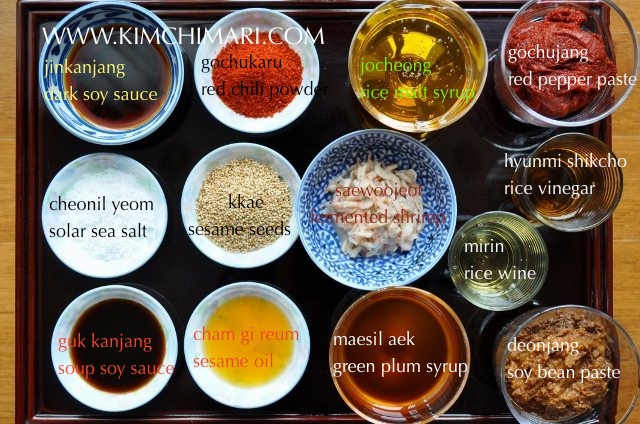

















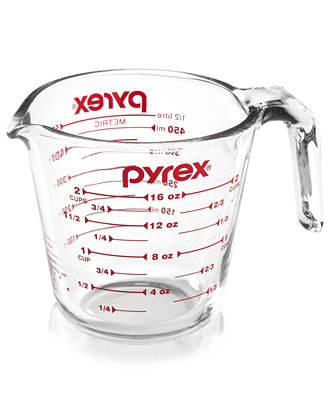







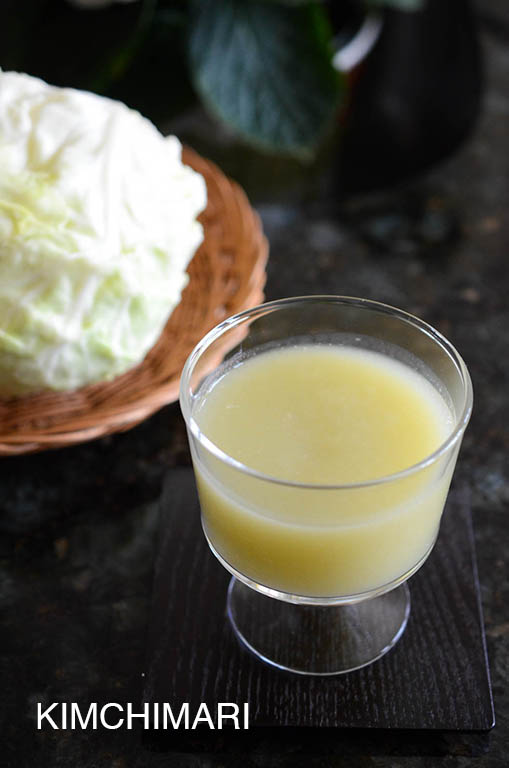

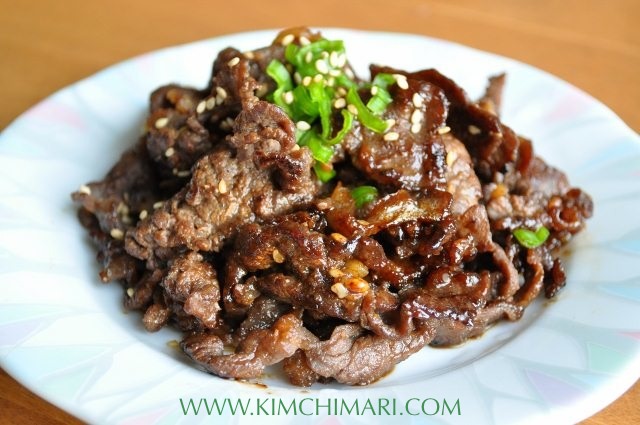

 This is a picture that I took back in April. Most of my lettuces have bolted since then but I still have perilla and beet greens left. It was great to have all the different varieties for a while! What are the different types of greens used in Korean Lettuce Wraps or Ssam? Ssambap? This was...
This is a picture that I took back in April. Most of my lettuces have bolted since then but I still have perilla and beet greens left. It was great to have all the different varieties for a while! What are the different types of greens used in Korean Lettuce Wraps or Ssam? Ssambap? This was...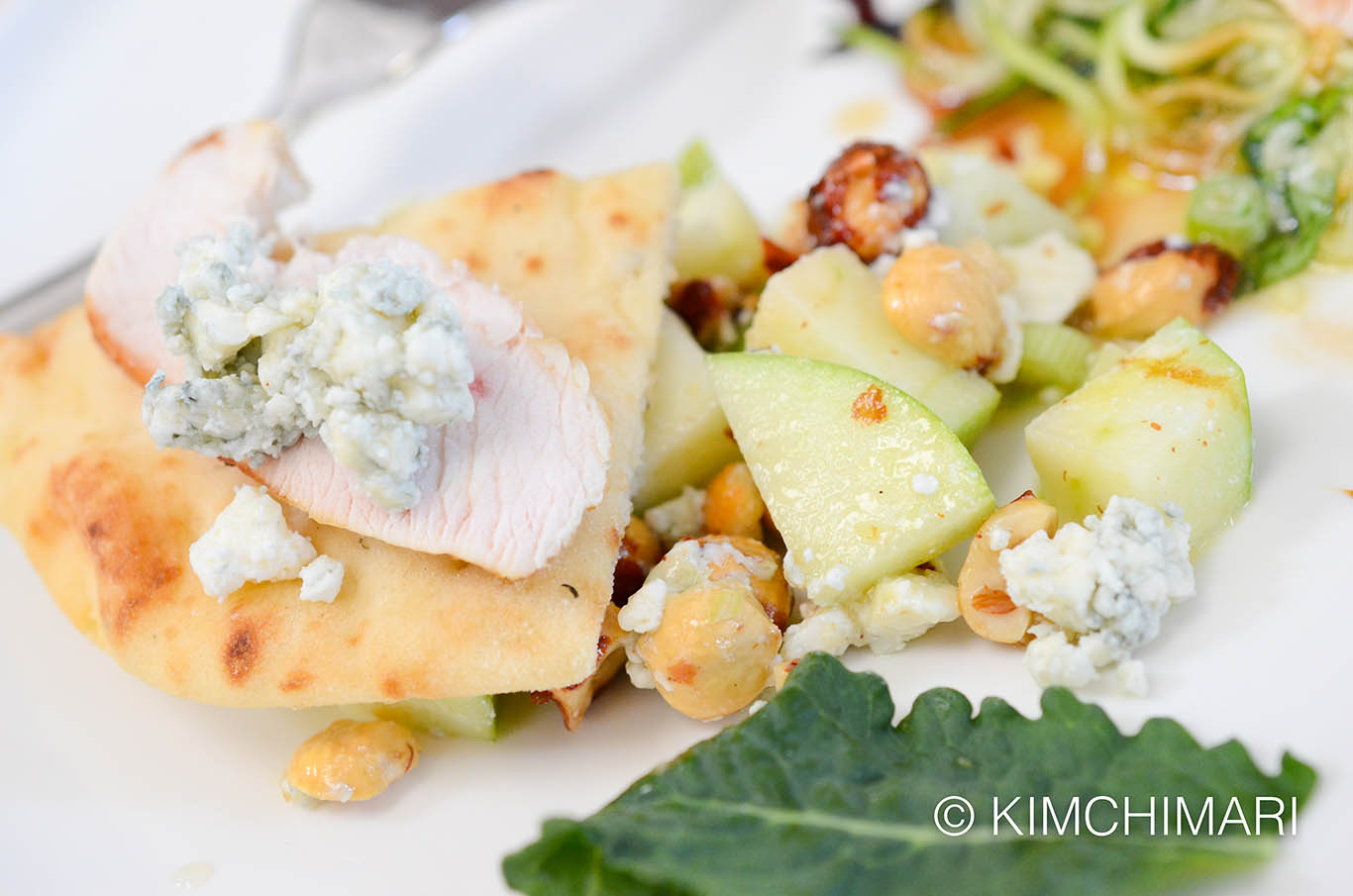 I know I have not posted for a while…I actually have been working really hard on a project for someone developing over 20+ recipes!! I’m almost done with the project and I will be posting soon – sharing some new recipes I have been working on. I’m so excited that I can share these with...
I know I have not posted for a while…I actually have been working really hard on a project for someone developing over 20+ recipes!! I’m almost done with the project and I will be posting soon – sharing some new recipes I have been working on. I’m so excited that I can share these with... [caption id="attachment_7879" align="aligncenter" width="1024"]
[caption id="attachment_7879" align="aligncenter" width="1024"]